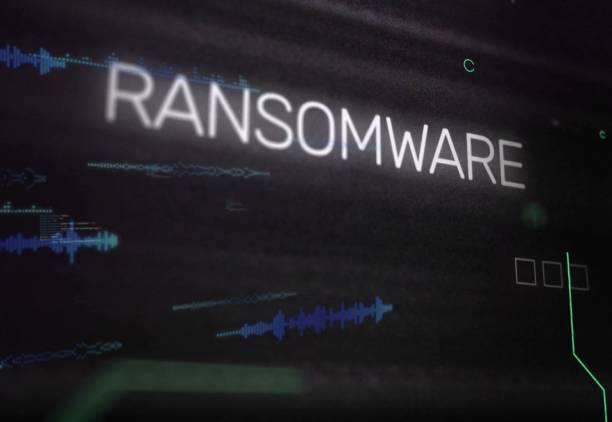Ransomware attacks continue to dominate the cybersecurity threat landscape, with organizations of all sizes grappling with the devastating consequences. Among the many ways threat actors enter corporate systems, unpatched vulnerabilities stand out as a particularly dangerous attack vector. These overlooked weaknesses are not just risks—they’re magnets for ransomware, exposing organizations to more severe outcomes and longer recovery times.
Here’s a closer look at why unpatched vulnerabilities are so perilous and how businesses can safeguard themselves.
The Unchecked Gateway for Ransomware
Sophos’ 2024 whitepaper on ransomware reveals a stark reality: nearly one-third of ransomware attacks start with unpatched vulnerabilities. These attacks disproportionately target industries like energy, oil, and gas, which rely on legacy systems often riddled with security gaps. Threat actors exploit these vulnerabilities to bypass defenses, encrypt data, and demand ransoms.
The consequences of these attacks are severe. Organizations hit through unpatched vulnerabilities report:
- Higher Backup Compromise Rates: 75% of organizations saw their backups compromised, compared to 54% for attacks using stolen credentials.
- Increased Data Encryption: 67% experienced data encryption, versus 43% in credential-based attacks.
- Greater Ransom Payments: 71% paid the ransom, compared to 45% in other cases.
Moreover, the financial and operational costs are staggering. Recovery from vulnerability-led attacks averages $3 million—four times the cost of recovering from attacks using compromised credentials.
Why Are These Attacks More Devastating?
The heightened impact of these attacks lies in the complexity of the vulnerabilities exploited. Unpatched systems often reflect broader weaknesses in an organization’s cybersecurity posture, including outdated technologies, poor visibility of assets, and inadequate backup defenses. The attackers leveraging these weaknesses are typically more skilled, using advanced techniques that amplify the damage.
Sophos’ analysis shows that even well-known vulnerabilities like ProxyShell and Log4Shell continue to be exploited years after patches have been released. This highlights a critical gap: while patches are often available, they are not always applied, leaving organizations exposed.
Addressing the Threat
To counteract the risks posed by unpatched vulnerabilities, organizations need a proactive, multi-layered approach:
- Enhanced Visibility: Businesses must maintain full awareness of their external-facing assets to identify and address potential blind spots.
- Risk-Based Patching: Not all vulnerabilities are created equal. Prioritizing patches for high-risk exposures ensures that resources are focused where they matter most.
- Regular Updates: Consistently updating applications and systems ensures they are protected by the latest security fixes.
- Anti-Exploit Protections: Advanced endpoint security solutions can block exploit behaviors, even for zero-day vulnerabilities.
- 24/7 Threat Monitoring: Continuous detection and response are essential to identify and mitigate attacks before they escalate.
The data underscores a sobering truth: Unpatched vulnerabilities are a ticking time bomb for ransomware attacks. Organizations that fail to address these weaknesses are not only at greater risk but also face more severe financial and operational consequences.
By prioritizing patch management, leveraging advanced anti-exploit tools, and investing in continuous monitoring, businesses can significantly reduce their attack surface and improve resilience against ransomware.




